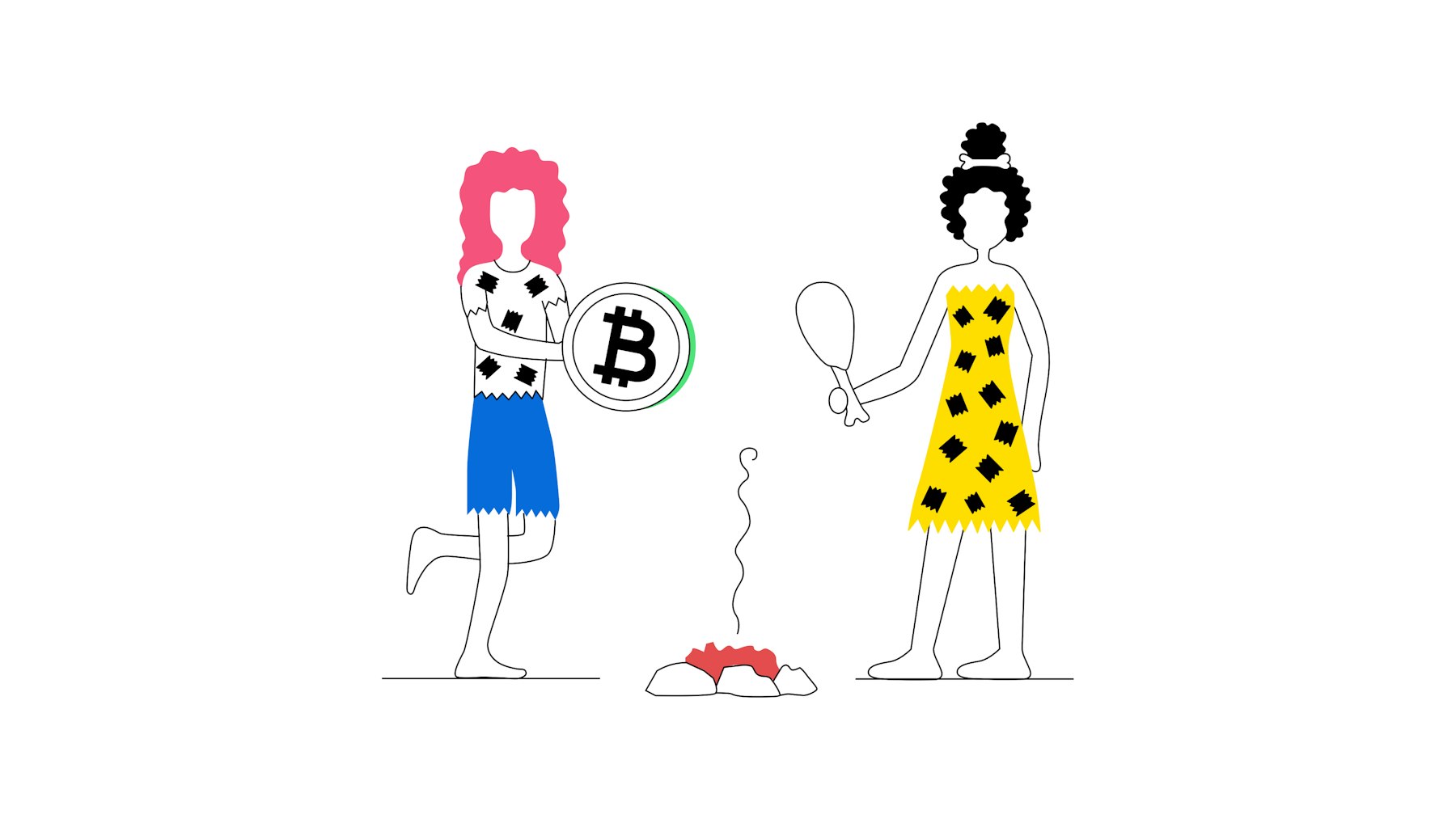Some characteristics of money
Medium of Exchange
Money is a medium of exchange for commercial transactions involving goods, services and labor. It is very useful to have a designated medium of exchange for transactions that is commonly accepted.
Store of Value
For later use, money can be used as a store of value for use in transactions until it is needed. A prerequisite for this is trust that money retains its value.
Portability
Money can be easily moved around and exchanged with other currencies. For instance, the people on the island of Yap in Micronesia used limestones as official currency before they started using US Dollars. One of these stones would often weigh more than a car, making moving them very challenging. For this reason, they were usually stored in one place even if they changed ownership and people had to remember who was the actual present owner.
Durability
Money is immutable and durable. Thanks to its sturdiness, it can be used until new supply is printed to replace the old supply.
Divisibility
Money is divisible - it is available in smaller increments for the exchange of things of varying values. Imagine if you wanted to buy a pack of gum but you could only use a 50 note - it would definitely complicate the transaction.
Verifiability
Counterfeit money is probably as old as money. In order to accept and trust money, it has to be impossible to forge and easily identified as being legitimate. Counterfeit money leads to the reduction of buying power of real money.
Fungibility
Individual units of money have to be essentially interchangeable, meaning that that two equal units have to be equivalent and indistinguishable. This also relates to divisibility. Stores of value that don’t meet these criteria are termed “non-fungible.” The most popular example of something that can be traded like money that’s non-fungible is a collectible, like a piece of art.
Why is something considered valuable?
Sea shells, gemstones or even gold, basically have no intrinsic value apart from being pretty and shiny, or in the case of gold, being able to conduct electricity well. Yet over the course of thousands of years, people used such items as a means of exchange. They were valuable because people put trust into them.
Intrinsic value in this context is the perceived value that is attributed to something. This value is perceived from its intrinsic, attributed value.
Even today, this holds true for our most popular and most widely used currencies, such as the Euro and the US Dollar. They are both printed by central banks and get their value from being backed by governments that people trust.
All in all, most currencies and money derive their value from the fact that people think they are valuable. People who use them trust in their value.
Trust in money and other types of assets is established in various ways.
Gold and silver are trusted because throughout history, they have been perceived as valuable and been used to produce items of value thanks to their decorative properties.
Fiat currencies - issued by government decree - are trusted thanks to their history of being perceived as valuable, because they are backed by governments and issued by central banks.
If people were to lose their trust in even one of the factors that establish this trust, value is bound to decrease. For instance, hyperinflation (massive inflation) among a few other things, is usually triggered by citizens of a nation losing their confidence in a currency.
